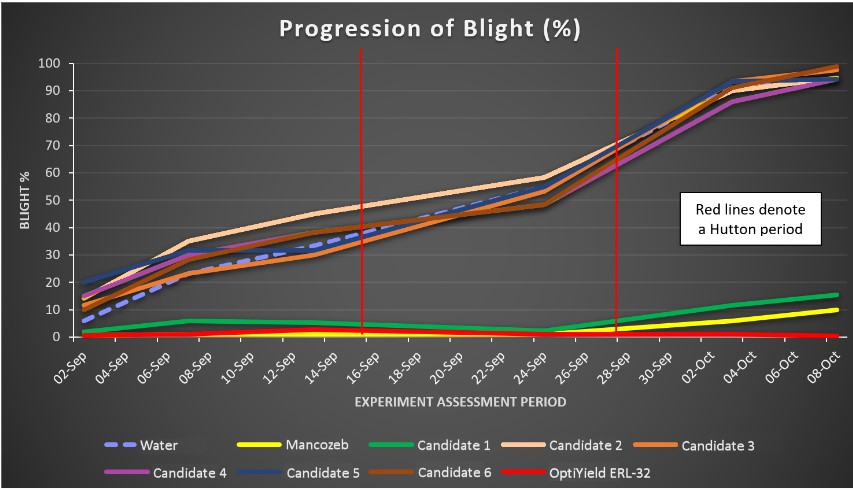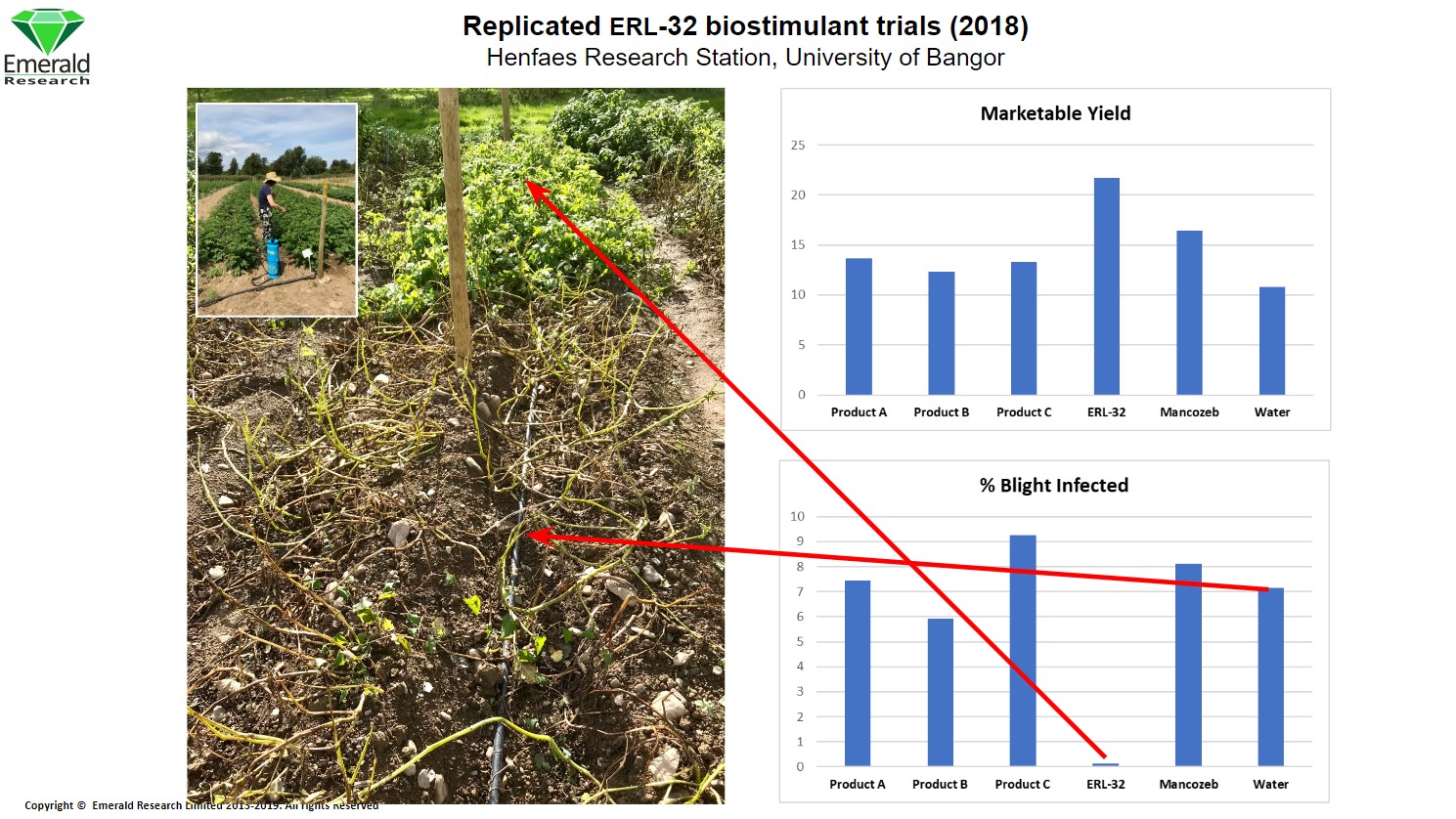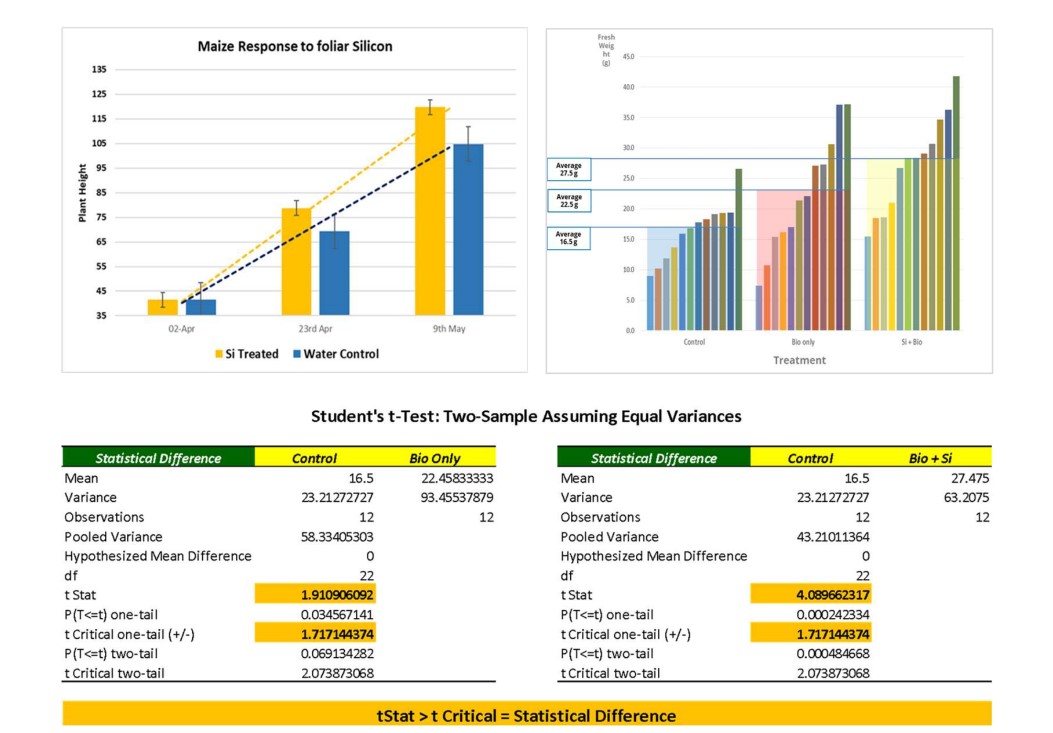The Interreg NASPA project covers 5 European countries comprising 12 partners from SMEs, university laboratories, research centres, major farming companies and food retailers.
We have combined our competences in discovering and developing new biomolecules from biomass available in the European-Atlantic region (seaweeds, microalgae, marine plants, weeds) to control key crop diseases or stimulate crops grown in the regions, mitigating the effects of environmental stress and reducing the fertiliser footprint.
The Atlantic Area is characterised by high rainfall and high humidity, conditions which increase crop fungal infection and leaching of inputs from soil (EEA, 2009). Crop growers counter these problems by applying high levels of synthetic fungicides and fertilizers.
However, heavy rainfall can render these applications ineffective and leach these chemicals into waterways, resulting in increased emissions of the powerful greenhouse gas, nitrous oxide (N2O). The problem is compounded as many fungicides are toxic and face EU bans due to residue accumulation in food, which affects growers and retailer alike.
NASPA has developed a new generation of products based on bioactive compounds from seaweed/fishwaste/aquatic plants and other renewable or organic waste sources from the Atlantic Seaboard, often combined with key plant micronutrients. These either induce crops to produce protective (antimicrobial, antioxidant) substances against fungal pathogens which infect them or improve plant health making crops less prone to diseases via better nutrition and biostimulation.
Together, these have been shown to alter nitrogen cycling rate, reduce the need for nitrogen fertilisers, and associated leaching of nitrates into water streams, and of N2O emissions from agricultural soils.
The products increase marketable yield and shelf-life, providing Return on Investment (ROI) for crop growers and retailers.
Emerald Research’s NASPA R&D provides the foundation for increases in food production, exports, employment and competition, whilst meeting regulatory requirements regarding food residues and environmental run-off.
Replicated OptiYield biostimulant trials (2015, 2018 & 2019) Henfaes Research Station, University of Bangor
In independent E.U. funded trials (Interreg NASPA) over 3 separate seasons, product candidate ERL-32 has proved to be highly effective at preventing the infection and spread of Phytophthora infestans (late blight in potatoes), even when compared to recognised chemical fungicides applied regularly.
Furthermore, ERL-32 has shown to increase growth, root development and yield even in the absence of disease, demonstrating that it is a very capable biostimulant.


Maize – Silicon Biostimulant Growth Trials ERL Controlled Growth Room Replicated Trials
Silicon is not considered to be a true “nutrient” for crops, however, it is certain that it is greatly enhances both biochemical processes and physically improves cell wall and structural strength, which enhances the plant’s ability to resit pests & diseases as well as presenting a more upright plant able to withstand physical damage.
Unfortunately, Silicon can only be taken up as Mono-silicic Acid – a highly reactive and unstable form of Silicon. We have created a unique formulation that not only stabilises Silicon in this form, but is also formulated in an active biostimulant and will allow tank-mixing with other products.
ERL’s unique (and patentable) stabilised Mono-silicic Acid biostimulant was trialled against standard Control (water) and the stabiliser without the Silicon to assess growth response to foliar treatment.
Treatments were applied every 10 days over a 6 week period to 3 treatments (12 replicates per treatment):


Maize plants of equal size @ 2-leaf stage were potted into homogenised potting media and subjected to weekly treatments:
- Treatment 1 – Bioactive carrier (stabiliser) + stabilised Si
- Treatment 2 – Bioactive carrier (stabiliser)
- Treatment 3 – Control (Water only)
Plants were measured after 6 weeks for growth (fresh weight) and the results were analysed for statistical difference.
Conclusion:
- It was clear that the Bioactive, stabilised Silicon increased fresh weight very significantly.
- The Bioactive stabiliser also gave a statistically significant increase in fresh weight

